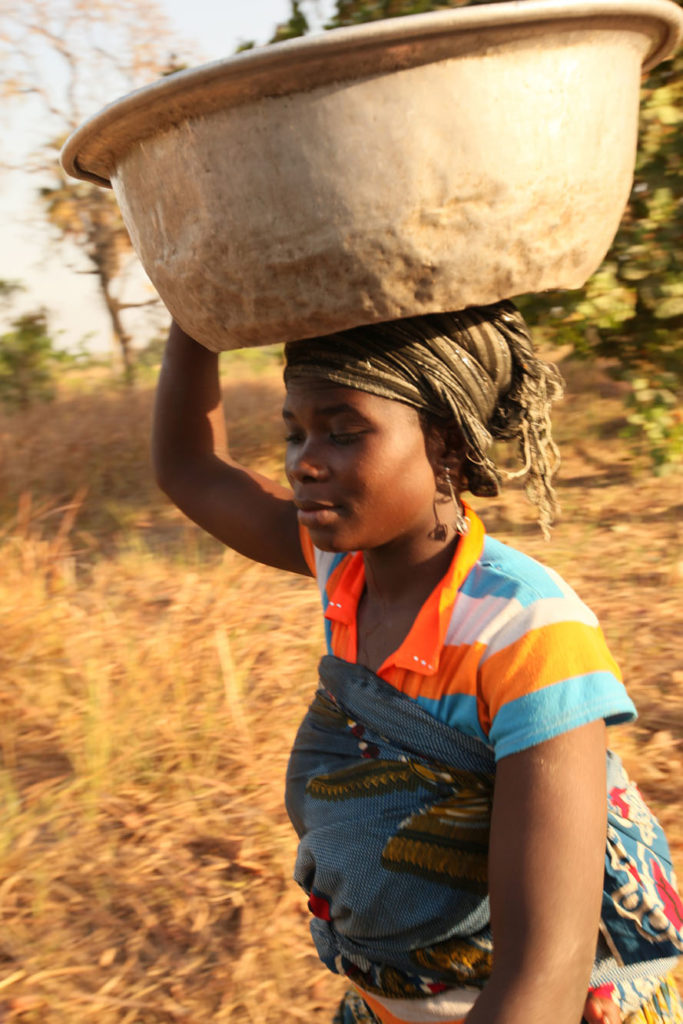Posted by Hayley Stewart
Toward the south of Samfya District in the southern African country of Zambia lies the lakeside community of Chipi, where recently the Water4 trained Samfya Water and Sanitation drilling team drilled and installed several new hand pumps. Since then, the women in Chipi village have formed a Village Water Committee. Through their program, each village household contributes K1 ($0.20) per month toward the ongoing maintenance costs of this well.
These women are a living example of the Water4 model of sustainability, through which each village becomes less reliant on outside aid and gradually takes on full responsibility for their own access to clean water.
“People know that if they don’t pay, they will have to go back to drawing water from the river with a risk of being taken by crocodiles. All of us women are excited to be able to get water in our own village without having to go to the river every time we need water,” says the treasurer of the Chipi committee. “We can even get water at night and in the early mornings from the hand pump when it is too dangerous to go to the river.”
The village water committee is made up entirely of women, who traditionally bear the brunt of the water crisis. Each day, women in developing countries spend 200 million hours collecting dirty water from unsanitary, open sources. They walk an average of 3.75 miles to carry 45 pounds of polluted water that is killing their families. Because of this, over the course of their lives, these women will be caught in a cycle of not only poor health, spinal and pelvic injury, but also illiteracy and missed opportunities for education.
“We do still wash our clothes in the river, but this is not an everyday chore, so our daily domestic chores have now been reduced,” she says. “We use the pump mainly for drinking water and for cooking, and we notice that our health has improved even after using the water for a very short time.”




